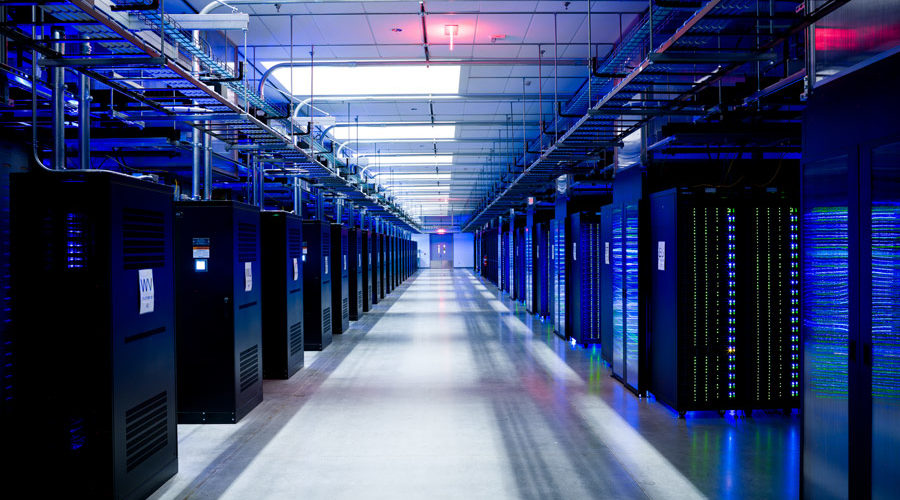When it comes to malfunctions in uninterruptible power systems (UPS’s), there is unfortunately no shortage of potential mishaps. In fact, UPS system failure ranks as the No. 1 cause of unplanned data center outages, according to a 2016 report from the Ponemon Institute. Even more disheartening, the same study estimates the average price tag of a data center outage to be a whopping $740,357.
But significantly reducing the risk of a UPS failure is surprisingly simple. By engaging in regularly scheduled preventive maintenance (PM), you can dramatically lessen the likelihood of a load loss while also extending a UPS’s overall lifespan. Research has shown that the mean time between failures (MTBF) is more than 20 times better for UPS’s that receive preventive maintenance twice a year over those that do not. Prevention pays off, affording the opportunity to detect and repair potential problems before they become significant and costly issues.
Whether you are operating aging infrastructure or looking to optimize the lifespan of a newer equipment, consider some of the most common UPS components that are susceptible to failure:
- Batteries. As the heart of any UPS system, batteries require regular checkups to ensure they remain fit to safeguard critical systems. Regardless of their age, batteries should be inspected semi-annually as part of a PM visit that includes testing for impedance or conductance, as well as assesses performance and evaluates any potential weaknesses.
- Capacitors. A fairly simple device that stores and releases electrical energy, capacitors range in size and type, and generally need to be replaced every 5 to 7 years. A typical UPS contains a dozen or more capacitors, which are responsible for smoothing out and filtering voltage fluctuations. However, because capacitors degrade over time, annual inspection helps to optimize their operation and extend their lifespan.
- Fans. Some UPS fans may perform well for 10 years of continuous use, while others could run for just a short time before locking up or failing. Electrical or mechanical limitations and dried out ball bearings are common issues that can result in fan failures and subsequent UPS overheating.
- Filters. UPS’s are also prone to overheating (and shutting down) when dust or other coatings block air filters. Because replacing filters is an inexpensive component of an effective UPS maintenance plan, they should be inspected on a monthly basis and changed as needed.
- Connections. An annual PM visit gives a trained service technician the opportunity to inspect the UPS and battery cabinets for loose internal connections, which can result from machinery situated close to the unit or from building vibrations.
-Courtesy of

